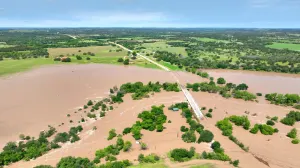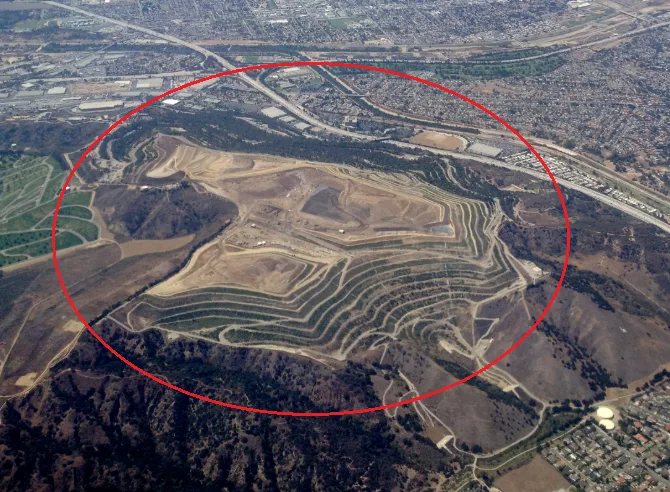
The world's largest trash dumps are bigger than some towns
According to the Environmental Protection Agency, the average human produces 4.6 pounds of waste a day. That's a lot of trash -- and it has to go somewhere.
A portion of it, unfortunately, winds up in our oceans (we'll re-visit this later). Other large pockets sit in giant landfills scattered across the globe.
Some of these sites are bigger than towns and house toxic materials that pose a risk to human and animal life.
(RELATED: UNUSED VW AND AUDI CARS SIT IN DESERT GRAVEYARDS)
While our list isn't definitive, here's a glimpse at some of the world's largest landfills. For some perspective, a football field is close to one hectare in size.
DEONAR LANDFILL - Mumbai, India (121 hectares)
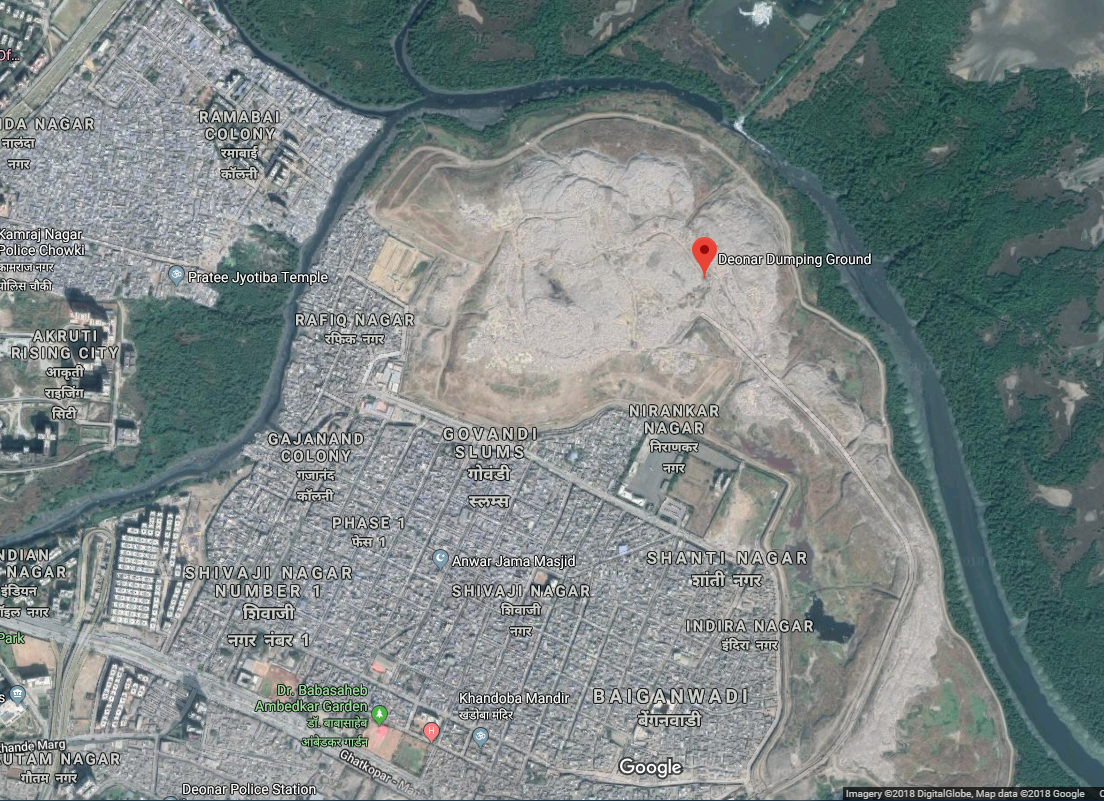
Established in 1927, the Deonar landfill is Mumbai's oldest garbage dump. It receives 5,500 metric tonnes of waste, 600 metric tonnes of silt and 25 tonnes of bio-medical waste each day.
Trash in the dump rises to heights of around 49 metres, about the height of a 17-storey building.
JARDIM GRAMACHO - Rio de Janeiro, Brazil (244 hectares)
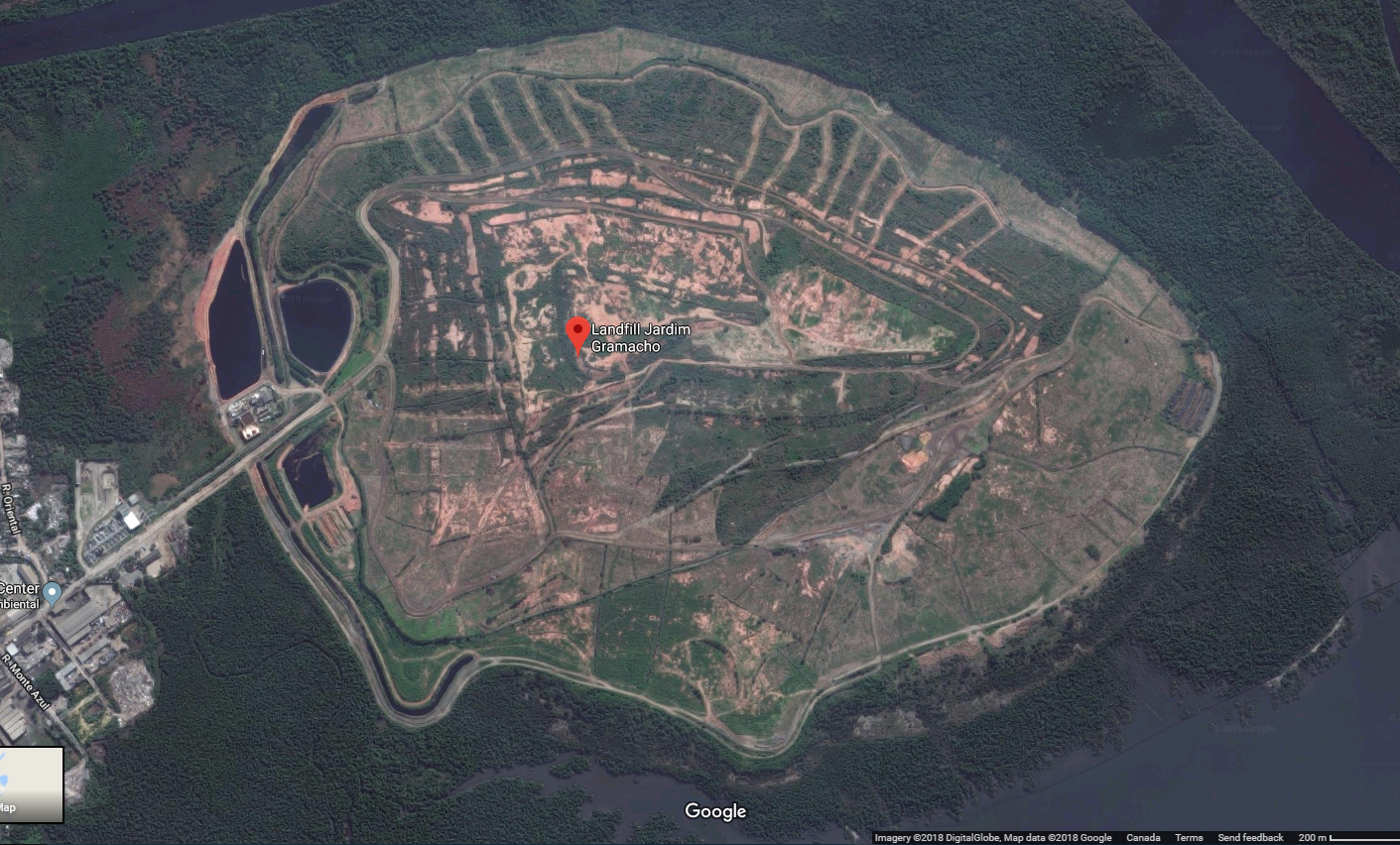
Courtesy: Google Maps
Jardim Gramacho closed in 2012 after 34 years of operation. It is one of three landfills that claim to be the largest in the world, covering approximately 244 hectares.
Garbage piles are as high as 90 metres.
Approximately 3,000 people survey the site daily, sorting through the trash for recyclable items they can exchange for cash.
PUENTE HILLS LANDFILL - Los Angeles, California, USA (283 hectares)
By Britta Gustafson - Flickr: IMG_1097, CC BY-SA 2.0, Link
Puente Hills is the largest landfill in the United States, spanning 283 hectares.
It accepted four million tonnes of waste in 2005. Its operating permit was terminated in October 2013.
The site no longer accepts garbage. About 30,000 cubic feet of landfill gas per minute is is funneled to the Puente Hills Gas-to-Energy Facility, which uses it to generate 40 megawatts of electricity.
SUDOKWAN - Incheon, South Korea (2,023 hectares)
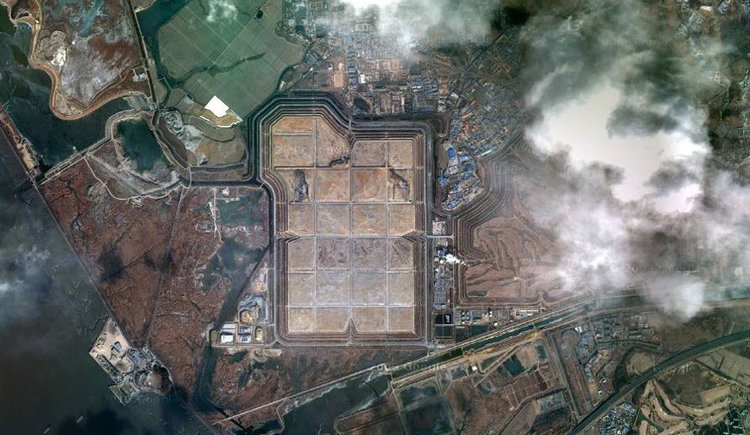
Courtesy: Republic of Korea Ministry of Environment
This enormous site processes about 18,000 tonnes of trash from Seoul daily.
ALL OF THE OCEANS ON THE PLANET
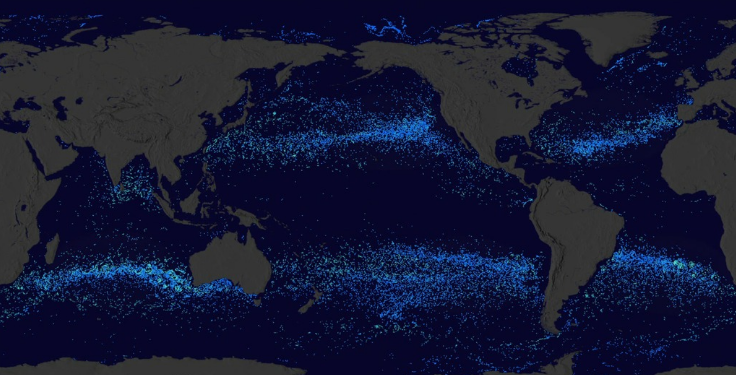
Courtesy: NASA
Unfortunately, humans have decided to turn the ocean into a giant landfill.
And if you travel from California to Hawaii across the Pacific, you can't miss the enormous floating island of trash that's now twice the size of Texas.
"To be precise, this huge floating island weighs close to 80,000 tonnes, and the future isn't looking to promising," writes Weather Network contributor Dr. Mario Picazo.
"On average, close to 1.8 million tonnes of plastic enter the ocean each year from rivers around the world. More than half of this amount of plastic is less dense than the water it encounters, meaning it will not sink once in oceans and seas."










